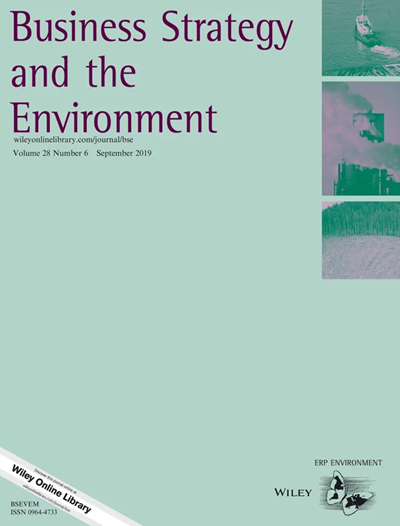“可持续”与“传统”共同基金:真的有区别吗?欧盟SFDR分类框架内的比较分析
IF 13.3
1区 管理学
Q1 BUSINESS
引用次数: 0
摘要
本研究分析了“可持续”基金与“传统”基金的表现和部门配置。利用2018年10月至2025年1月期间分布在欧洲的9620只共同基金的独特面板数据集,我们研究了欧盟SFDR(可持续财务披露法规)确定的三种ESG基金,即第6条(“传统”)和第8条和第9条(“可持续”)。我们的研究结果表明,第9条基金的表现明显低于第6条和第8条基金;第8条投资组合的表现优于第6条基金,但在控制规模和流动性的情况下,这种差异变得微不足道。对一个子样本的分析显示,第6条和第8条基金之间没有部门分配差异,而第9条基金显示出更大的部门集中。本文对ESG投资的文献进行了补充,详细分析了SFDR分类、共同基金绩效和行业投资分布之间的相关性。本文章由计算机程序翻译,如有差异,请以英文原文为准。
“Sustainable” Versus “Traditional” Mutual Funds: Is There Really a Difference? A Comparative Analysis Within the EU SFDR Classification Framework
This study analyzes the performance and sectoral allocation of “sustainable” versus “traditional” funds. Using a unique panel dataset of 9620 mutual funds distributed in Europe between October 2018 and January 2025, we examine the three types of ESG funds identified by the EU SFDR (Sustainable Finance Disclosure Regulation), namely, Art. 6 (“traditional”) and Art. 8 and 9 (“sustainable”). Our findings show that Art. 9 funds significantly underperformed Art. 6 and Art. 8 funds; Art. 8 portfolios overperformed Art. 6 funds, but the difference becomes insignificant when controlling for size and liquidity. Analysis of a subsample reveals no sectoral allocation differences between Art. 6 and Art. 8 funds, while Art. 9 funds display greater sectoral concentration. This article contributes to the literature on ESG investing with a detailed analysis of the correlation between the SFDR classification, the mutual funds’ performance and the sectoral investment distribution.
求助全文
通过发布文献求助,成功后即可免费获取论文全文。
去求助
来源期刊

Business Strategy and The Environment
Multiple-
CiteScore
22.50
自引率
19.40%
发文量
336
期刊介绍:
Business Strategy and the Environment (BSE) is a leading academic journal focused on business strategies for improving the natural environment. It publishes peer-reviewed research on various topics such as systems and standards, environmental performance, disclosure, eco-innovation, corporate environmental management tools, organizations and management, supply chains, circular economy, governance, green finance, industry sectors, and responses to climate change and other contemporary environmental issues. The journal aims to provide original contributions that enhance the understanding of sustainability in business. Its target audience includes academics, practitioners, business managers, and consultants. However, BSE does not accept papers on corporate social responsibility (CSR), as this topic is covered by its sibling journal Corporate Social Responsibility and Environmental Management. The journal is indexed in several databases and collections such as ABI/INFORM Collection, Agricultural & Environmental Science Database, BIOBASE, Emerald Management Reviews, GeoArchive, Environment Index, GEOBASE, INSPEC, Technology Collection, and Web of Science.
 求助内容:
求助内容: 应助结果提醒方式:
应助结果提醒方式:


